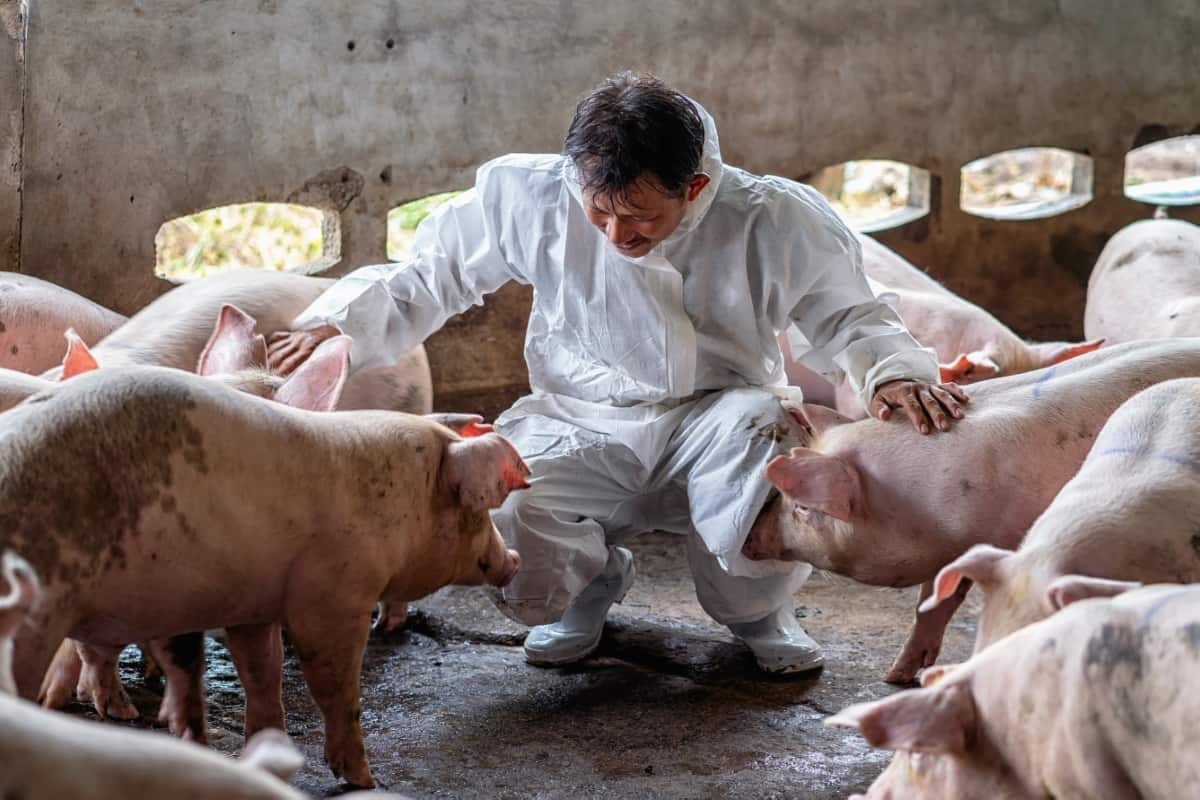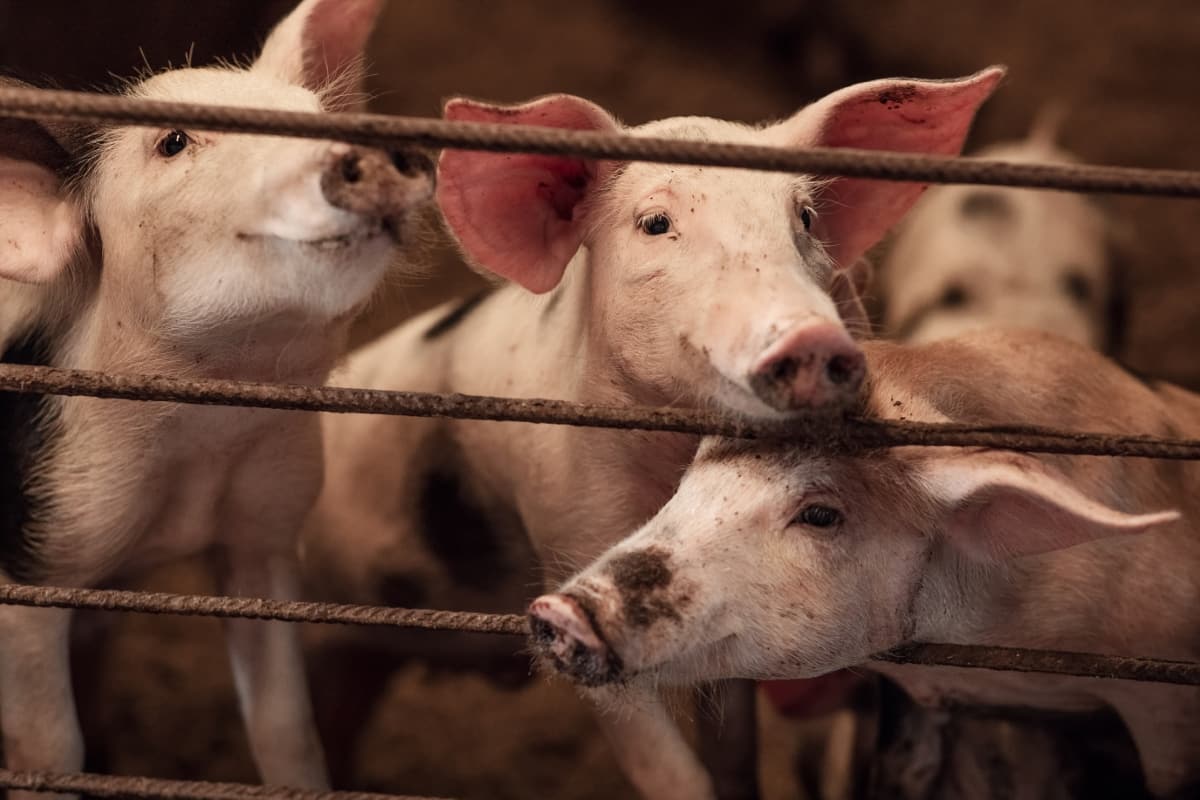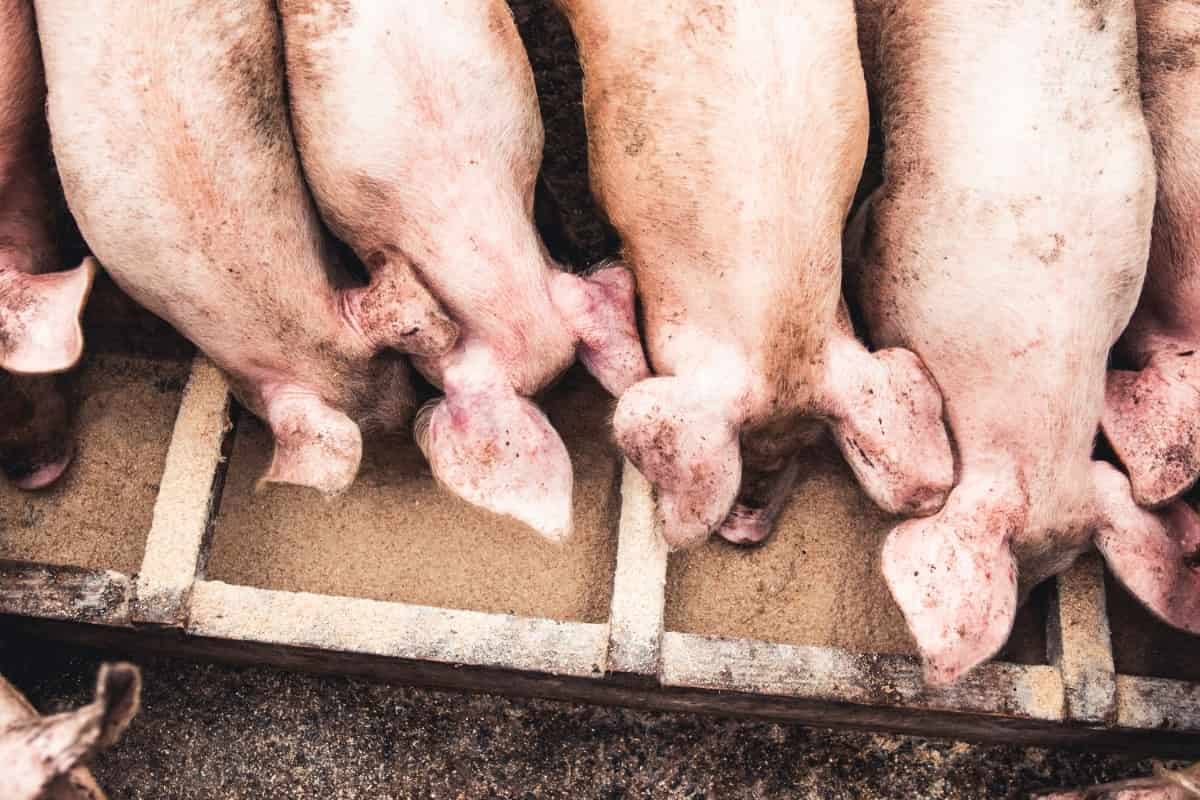Pig farming in Kenya is a flourishing sector in the country’s agribusiness. With the right approach and dedication, tapping into Kenya’s increasing pork demand can be a profitable opportunity. A well-crafted business plan is crucial for a successful pig farming business. This article outlines a detailed plan to help you establish and grow your pig farming business while maximizing profits.

Kenya Pig Farming Business Plan
Understanding the Market Dynamics
Understanding market dynamics is fundamental to planning any business venture. The pork demand in Kenya has steadily risen over the years, mainly due to a growing middle class with an appetite for different meat types. There is a vibrant market both domestically and regionally, providing opportunities for farmers. Additionally, by-products like pigskin and manure also have a ready market. Given this potential, venturing into pig farming can be a rewarding decision.
Setting Up the Pig Farming Business
Selecting the Right Breed
Some popular pig breeds in Kenya include the Large White, Landrace, Duroc, and Hampshire. Factors to consider while selecting the breed are their adaptability to the local climate, growth rate, and meat quality. For instance, the Large White and Landrace breeds are renowned for their fast growth rates and high-quality meat, making them a preferred choice for commercial pig farming.
Farm Location and Infrastructure
Next, carefully select a location for your pig farm. The ideal spot should be conveniently reachable and possess a reliable source of uncontaminated water. The pigsty should be well-designed to allow easy cleaning and disinfection. Moreover, it should be spacious enough for the pigs to move around comfortably, contributing to their healthy growth.
Feeding the Pigs
Feeding is a significant aspect of pig farming. Pigs are omnivorous animals, so their diet can be versatile, including grains, vegetables, and meat by-products. However, balanced feeds designed specifically for pigs are recommended to achieve maximum growth and meat quality. You may need to consult a livestock nutrition expert or a veterinary officer for proper pig feed formulation.
Managing Your Pig Farm
Animal Health Management
Proper health management is key to a successful pig farming business. Regular vaccinations, deworming, and good hygiene prevent diseases that could cause massive losses. You must also monitor any signs of illness among your pigs and consult a vet immediately if any concerns arise.
Breeding and Growth Management
In pig farming, the ultimate goal is to ensure that the pigs reach the desired weight as quickly as possible. Efficient breeding and growth management strategies need to be in place. You should aim to achieve a good balance between the number of breeding sows and the overall pig population to maintain steady production.
Marketing Your Produce
Once your pigs have reached the right weight and age, they are ready for market. Developing a good marketing strategy is vital. First, understand your market: who are your customers, their location, and their preferences? You could sell directly to consumers, local butcheries, or meat processing companies. Some farmers also succeed in value addition, such as processing the pork into sausages or bacon.
In case you missed it: Optimal Pig Nutrition and Feed Formulation Strategies

Financial Planning and Management
Financial planning and management are crucial to the success of your pig farming business. Start by developing a detailed budget that includes all costs: initial investment (land, infrastructure, pig breed), operational costs (feed, health management), labor, marketing, and contingency costs. Then, estimate the expected revenues from selling the pigs and their by-products. This helps in understanding the profitability of your venture and can be beneficial in securing financial support or loans.
Challenges and Risk Management
Despite its lucrative nature, pig farming comes with its challenges. These include high feed costs, diseases, and market fluctuations. Effective risk management strategies are essential for overcoming these challenges.
Mitigating Feed Costs
Feed costs constitute a significant portion of the overall operational cost. One way to mitigate this is by locally sourcing affordable but nutritious feed ingredients. If you possess the required means, you might want to contemplate establishing a compact facility for processing feeds.
Disease Control
As earlier stated, diseases can cause significant losses in pig farming. Regular vaccinations, deworming, and maintaining good hygiene are fundamental disease control measures. Additionally, it is important to isolate newly acquired pigs for a period of time before integrating them into the existing herd. This precautionary measure aims to hinder the transmission of diseases.
Navigating Market Fluctuations
The price of pork can fluctuate due to various factors, including changes in supply and demand, seasonal changes, and market competition. Keep abreast of market trends and adjust your production and marketing strategy to navigate these fluctuations.
How to Maximise Profits in Pig Farming
Maximizing profits in pig farming requires a comprehensive and dynamic approach that combines effective strategies across various areas of your business. First and foremost, choosing the right breed is key. Select a breed that adapts well to the local climate, grows quickly, and provides high-quality meat. Secondly, optimizing feed efficiency is crucial.
Providing your pigs with a well-balanced diet designed for them enhances their growth rate and meat quality, thus leading to higher profits. Utilize affordable but nutritious local feed ingredients and consider setting up a small feed processing unit if resources allow. Thirdly, efficient health management is integral to profitable pig farming. Regular vaccinations and deworming, maintaining good hygiene, and prompt attention to any signs of illness prevent diseases that could potentially cause massive losses.
In case you missed it: Pig Farming in the Philippines: Business Plan, Requirements, and Management

Fourthly, your farm’s breeding and growth management strategies are crucial in profit maximization. Strive to balance the number of breeding sows and the overall pig population to maintain steady production. Furthermore, having a clear marketing strategy is vital. Understand your target market’s preferences and adjust your production accordingly. Value addition, such as processing pork into sausages or bacon, can also significantly boost profits.
Conclusion
With proper planning and commitment, commencing a pig farming venture in Kenya can yield substantial profits. This involves understanding the market dynamics, setting up your farm correctly, efficient farm management, good marketing strategies, financial planning, and effective risk management. Like any other business, it’s not without its challenges, but with proper strategies, these can be effectively managed.
- Feed Your Flock for Less: Top 10 Tips to Save on Chicken Feed
- Ultimate Guide to Ossabaw Island Hog: Breeding, Raising, Diet, and Care
- Hatching Answers: The Top 10 Reasons Your Chickens Aren’t Laying Eggs
- Eggs and Economics: Breaking Down the Cost of Raising Backyard Chickens
- Defend Your Greens: Proven Methods to Keep Iguanas Out of Your Garden
- Ultimate Guide to Cinnamon Queen Chicken: A Comprehensive Guide for Beginners
- Ultimate Guide to California Tan Chicken: Breeding, Raising, Diet, Egg-Production and Care
- Ultimate Guide to Marsh Daisy Chicken: Breeding, Raising, Diet, and Care
- 10 Types of Chicken Farming Businesses You Can Start for Profits